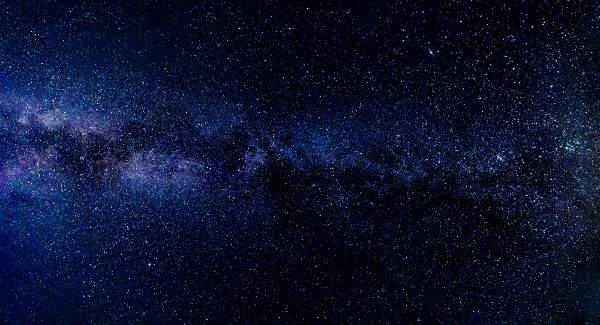Galaxies are made up of interstellar gas, cosmic dust, entire solar systems, and stars. Normally, these stars are born in clouds of neutral hydrogen gas. More gas, more stars.
However, one galaxy 260 light-years from Earth shows zero signs of star formation despite having a ring of hydrogen gas four times the size of the Milky Way around it.
Astronomers at the National Center of Radio Astrophysics ( NCRA) spotted galaxy AGC 203001 using the Giant Metrewave Radio Telescope (GMRT) in Pune. They found that even though the galaxy had a ring of hydrogen gas around it — there were no new stars being born. This is despite the fact that the ring is 380,000 lightyears wide, much bigger than the galaxy itself.
Where did the stars go?
Nobody knows where and how these rings of hydrogen gas form. The most popular theory is that they are a result of galaxy colliding into other galaxies, but even that’s largely debated.
In fact, there’s only one other galaxy discovered by scientists that’s has a hydrogen ring as big as AGC 203001, according to the study published in the Monthly Notices of the Royal Astronomical Society.
Normally, large reservoirs of neutral hydrogen gas around a galaxy are accompanied by new stars being born within its fold. The
Eagle Nebula, for instance, is 5.5 million-year-old clouds of molecular hydrogen gas and dust.
Hubble Telescope’s image of the ‘Pillars of Creation’ within the Eagle Nebula. These clouds of hydrogen gas and dust have clumps along their edges with embriyonic stars within.Hubble Telescope
According to images taken by the Hubble Telescope, the clouds were dotted by clumps of gas — Evaporating Gaseous Globules (EGGs) — on their outer edges. Inside some of the EGGs were embryonic stars.
Galaxy AGC 203001 as more than enough hydrogen — even though it’s exact distribution isn’t known — but no new stars.
The team of NCRA astronomers even got some help as asked two French astronomers to take more sensitive images using the Canda-France-Hawaii-Telescope (CFHT) located in Hawaii. But even they didn’t turn up any signs of starlight.
What’s next?
There isn’t any clear explanation for why AGC 203001 is star-less despite having copious amounts of hydrogen gas. In order to find out why this is the case, the NRC team is now on the hunt for other such galaxies.
Comparison other such galaxies, with rings of neutral hydrogen gas surrounding them, to help scientists figure out how such rings come to exist in the first place — and why most have stars forming but AGC 203001 doesn’t.
Source: BI
Image Courtesy: IDRW
You may also like
-
New Heat-Based Approach To Cancer Treatment Can Reduce Chemotherapy Doses
-
Scientists Take A Major Step Towards Unification Of Classical & Quantum Gravity
-
India Graphene Engineering and Innovation Centre (IGEIC) Under the Vision of Viksit Bharat@2047 Launched
-
New High-Performance Gas Sensor can Monitor Low Level Nitrogen Oxides Pollution
-
Antidepressant Drug can be Repurposed for Treating Breast Cancer
